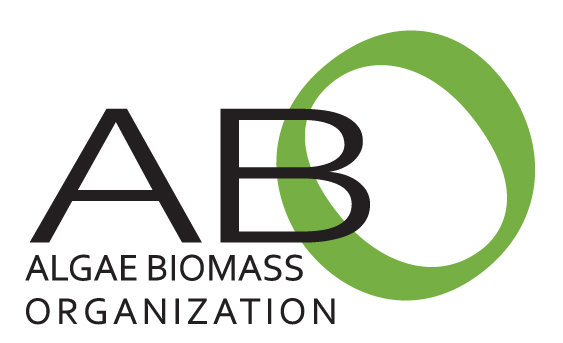TerraVia and VMG Partners have formed TerraBrands: a venture to bring algae into mainstream food markets. As a recent Fortune article explains, the partnership is very natural. TerraVia has a strong background in the algae-industry and VMG has the capital and experience necessary to break into the target markets.
This isn’t new territory for VMG, which works with other health-focused companies, but it is certainly a new venture for TerraVia. Just this year, TerraVia changed its name from Solazyme and shifted its focus from algae-based biofuels to algae-based food products.
Although TerraVia’s products are relatively new to the space, algae as in ingredient is not new to the food industry. It is a widely-accepted superfood and has made its way into products as popular as Naked Juice.
The future for this new partnership seems bright. As Kara Cissell-Roell of VMG points out, there is a “massive opportunity” in the space and TerraBrands is planning to capitalize on it.


